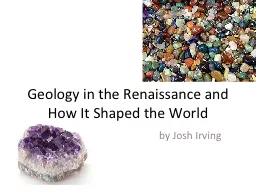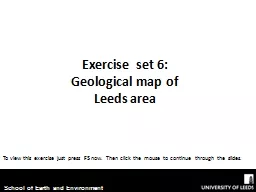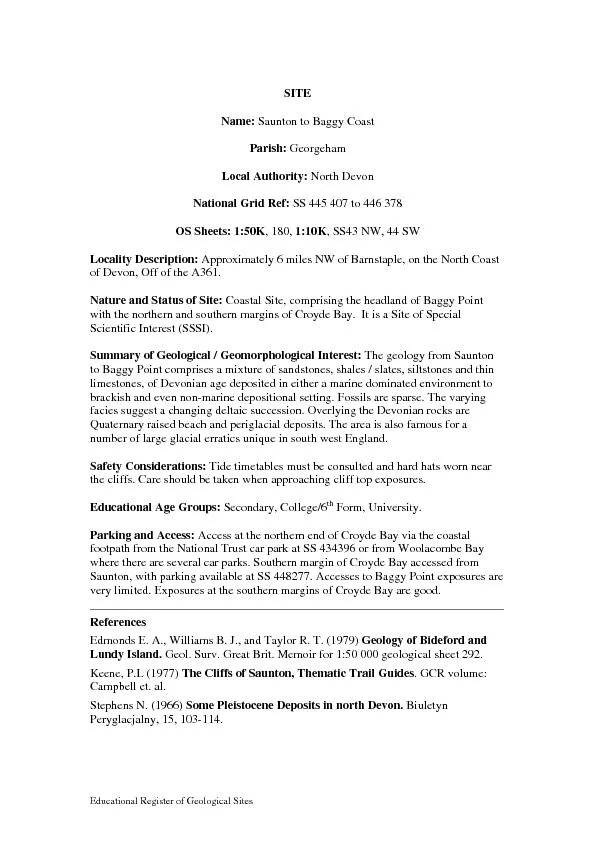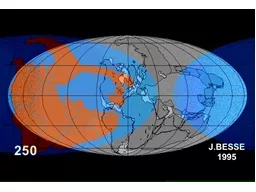PPT-Department of Geology and Geological Engineering
Author : blondield | Published Date : 2020-08-26
Van Tuyl Lecture Series Spring 2016 400500 pm in Berthoud Hall Room 241 Thursday February 11 2016 J Rick Sarg S Huang M Swierenga K Logan C Symcox K
Presentation Embed Code
Download Presentation
Download Presentation The PPT/PDF document "Department of Geology and Geological Eng..." is the property of its rightful owner. Permission is granted to download and print the materials on this website for personal, non-commercial use only, and to display it on your personal computer provided you do not modify the materials and that you retain all copyright notices contained in the materials. By downloading content from our website, you accept the terms of this agreement.
Department of Geology and Geological Engineering: Transcript
Download Rules Of Document
"Department of Geology and Geological Engineering"The content belongs to its owner. You may download and print it for personal use, without modification, and keep all copyright notices. By downloading, you agree to these terms.
Related Documents














